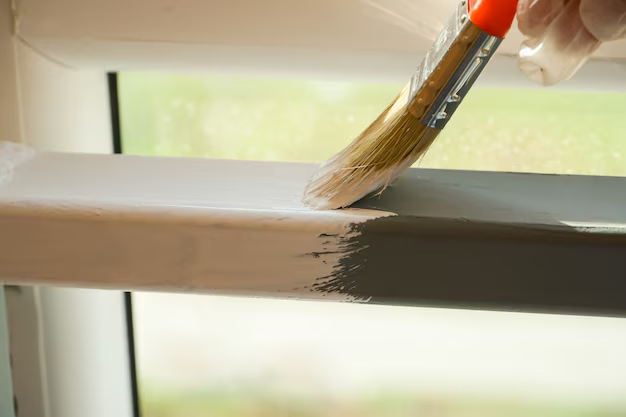Thinking About Painting Your Apartment Walls? Here's What You Need to Know
Renting an apartment often leaves you in a delicate balance between making the space truly yours and following the landlord's guidelines. One common question renters ask is, "Can I paint the walls in my apartment?" The answer isn’t as straightforward as a simple yes or no. Let’s delve into this paint predicament and examine some crucial factors to consider.
Understanding Your Lease Agreement
The first step in determining whether you can paint your apartment walls starts with your lease agreement. This document serves as your primary guide. Most leases include a section regarding alterations to the property. You should look for specific clauses that mention painting. Some landlords may allow it unrestrictedly, others might permit it with approval, and some may outright prohibit any changes.
Permission and Communication
Even if the lease allows painting, communication with your landlord is key. Sending a written request detailing your desire to paint can go a long way. Mention the colors you’re considering and your willingness to repaint the walls to the original color before moving out. This demonstrates responsibility and can often yield a positive response.
Financial Considerations
While painting might seem inexpensive, costs can escalate quickly, especially if you’re required to repaint before moving out. Here’s a brief breakdown of potential costs:
- Supplies: Brushes, rollers, painter's tape, drop cloths, and paint can add up.
- Labor: Hiring professionals, if your lease insists on it, will significantly increase expenses.
- Time: Consider the time investment required if you’re painting multiple rooms.
Tips for Budget-Conscious Renters
If your budget is tight, consider creative alternatives like removable wallpaper or wall decals. These offer affordable, landlord-friendly options that give you the freedom to personalize without the commitment or expense of painting.
Leveraging Financial Assistance Programs
For those who find the costs of making changes to their living space overwhelming, exploring financial aid and assistance programs might provide some relief. These programs can help ease financial burdens in other areas, freeing up funds for home improvements.
Government and Community Programs
Several government aid programs offer assistance with housing needs:
- HUD offers various resources for renters who meet certain criteria, helping reduce overall housing costs.
- Local community grants may be available for low-income renters aiming to enhance their living conditions.
Debt Relief and Credit Solutions
While transforming your living space is important, staying on top of financial health is crucial:
- Debt consolidation loans can streamline high-interest debts, freeing up monthly income for home improvements.
- Credit counseling services often provide advice on managing finances more effectively.
Educational Grants as a Financial Strategy
In some cases, pursuing further education can lead to income increases, indirectly aiding in covering is expenses:
- Federal grants for education, such as Pell Grants, can alleviate tuition costs, allowing you to allocate more towards your living environment.
Making the Decision
Ultimately, deciding whether to paint your apartment walls is a mix of understanding your lease, financial planning, and communicating with your landlord. Being informed about your financial options can help you make a decision that aligns with your personal and financial goals.
Financial & Educational Assistance Options 🏡💰
- HUD Housing Support: Assistance programs for qualifying renters.
- Local Community Grants: Check with local agencies for home improvement grants.
- Debt Consolidation Loans: Simplify monthly payments; potentially lower interest rates.
- Credit Counseling: Guidance on improving financial health.
- Federal Education Grants: Manage tuition costs to free up funds for personal expenses.
- Removable Wall Solutions: Cost-effective and landlord-friendly decorative alternatives.
Taking proactive steps ensures you're making decisions that enhance your living space while maintaining financial responsibility.
